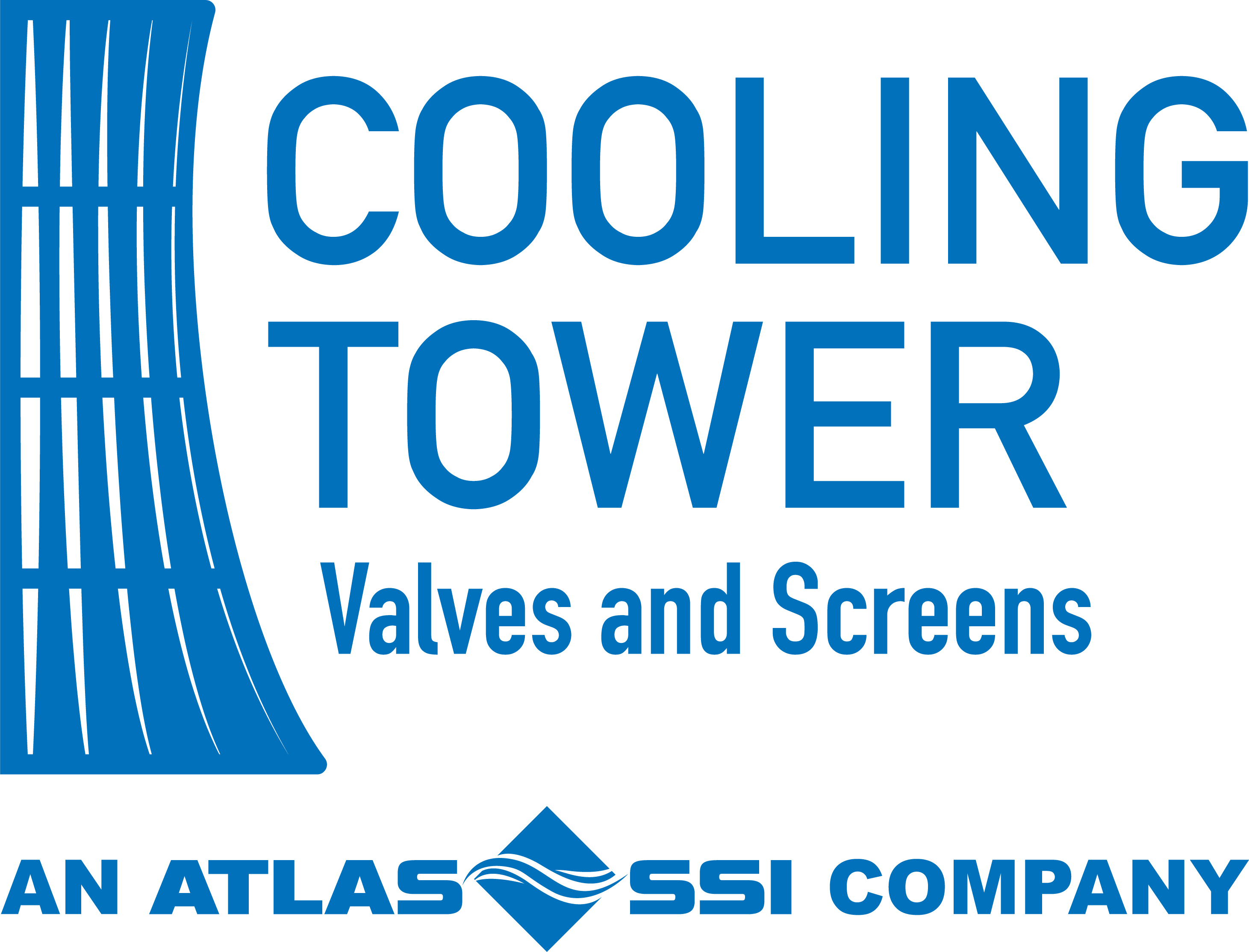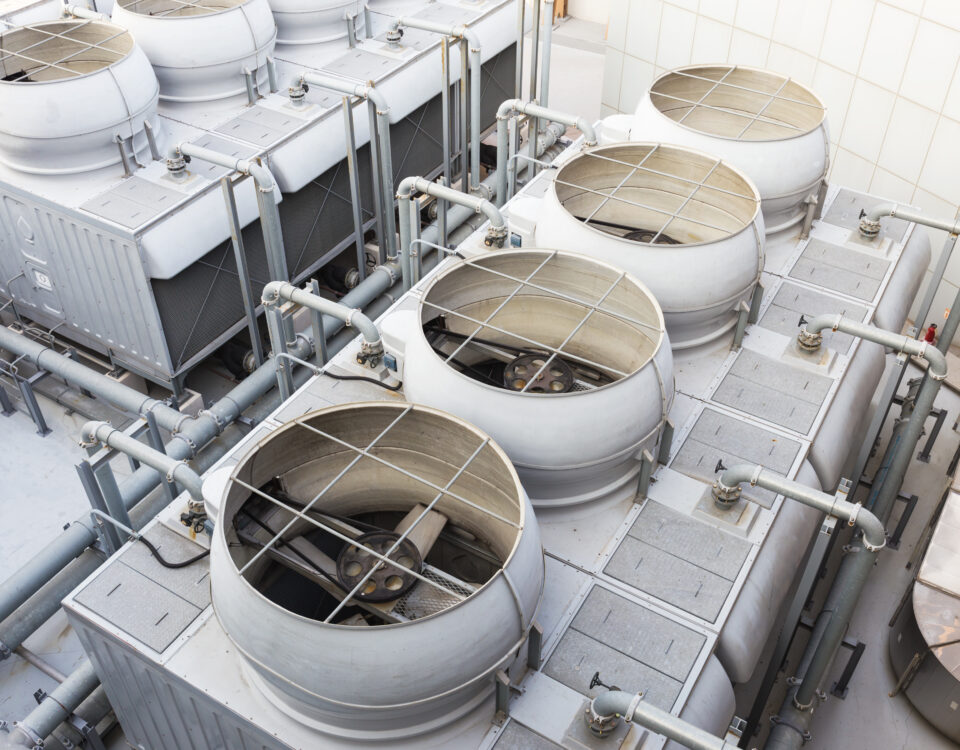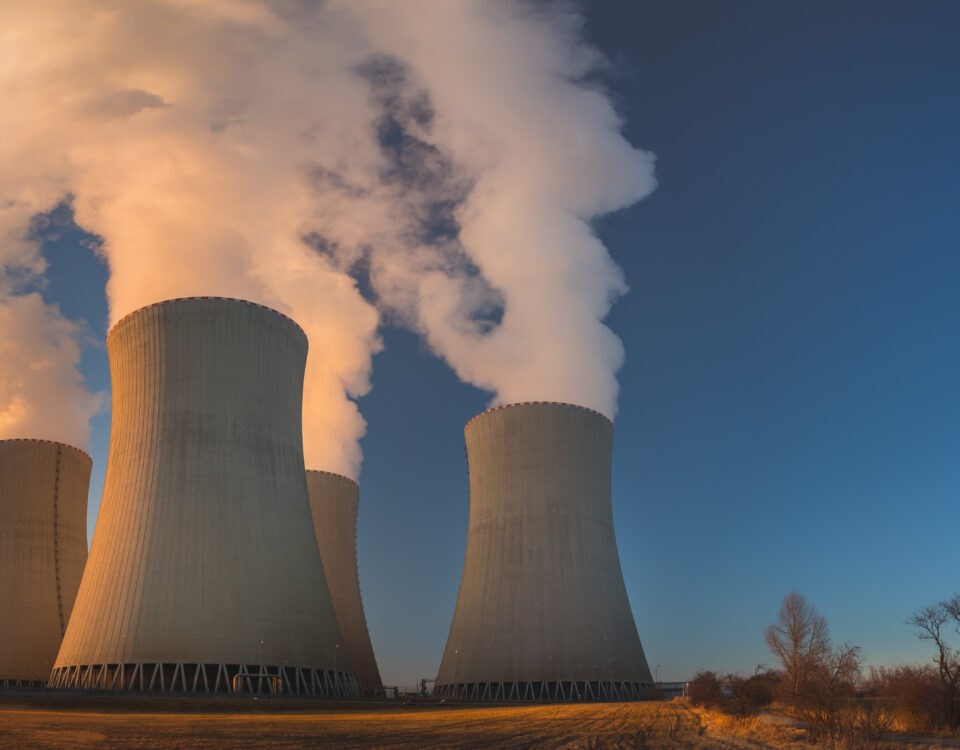
The Importance of Maintenance-Free Traveling Screens: Ensure a Maintenance-Free Operation
April 23, 2025
Optimize Your Cooling Tower with Advanced Vari-Flow Valves
May 28, 2025Energy-Efficient Cooling Towers Trends: Innovations in Cooling Tower Technology
In recent years, the cooling tower industry has witnessed significant technological advancements aimed at improving energy efficiency and operational performance. One of the key innovations includes the development of hybrid cooling towers, which combine the efficiency of wet cooling towers with the lower water consumption of dry cooling towers. By integrating both cooling methods, these towers can achieve optimal thermal performance while reducing water usage, a critical concern in arid regions.
The Role of High-Quality Traveling Screens in Energy Efficiency
High-quality traveling sump screens are essential components in energy-efficient cooling towers. These screens are designed to filter out debris, preventing clogs and ensuring smooth water flow. By maintaining clean water circulation, traveling sump screens help reduce the energy required to pump water through the cooling tower system.
How Vari-Flow Valves Improve Cooling Tower Performance
Vari-Flow valves play a critical role in regulating water flow within cooling towers, and advancements in valve technology have contributed to enhanced energy efficiency. Modern valves are designed to provide precise control over water distribution, ensuring that the cooling tower operates optimally under varying load conditions.
One such advancement is the development of automated control valves, which can adjust flow rates based on real-time data from sensors. These valves help maintain consistent water levels and temperatures, reducing energy consumption and preventing thermal inefficiencies. Additionally, high-performance materials, such as advanced polymers and stainless steel, have been used in valve construction to improve durability and minimize maintenance requirements.
Reducing Cooling Tower Operational Costs with Energy-Efficient Solutions
Implementing energy-efficient solutions in cooling towers can lead to substantial reductions in operational costs. One of the primary ways to achieve this is by optimizing the cooling tower’s heat exchange process. Enhanced fill media, which increases the surface area for heat exchange, can improve thermal performance and reduce the energy required for cooling.
Cooling Tower Maintenance
Regular maintenance and monitoring are also crucial for maintaining energy efficiency. By conducting routine inspections and addressing issues such as scaling, fouling, and corrosion promptly, operators can prevent performance degradation and ensure that the cooling tower operates at peak efficiency. Implementing these energy-efficient solutions can result in significant cost savings and improved operational reliability.
Environmental Benefits of Modern Cooling Towers
Modern cooling towers offer several environmental benefits, making them an integral part of sustainable industrial operations. One of the most significant advantages is the reduction in water usage achieved through the implementation of hybrid and dry cooling technologies. By minimizing water consumption, these systems help conserve precious natural resources and reduce the environmental impact of industrial processes.
Energy-efficient cooling towers also contribute to lower greenhouse gas emissions. By reducing the energy required for cooling, these systems decrease the overall carbon footprint of industrial operations. This is particularly important for industries looking to meet stringent environmental regulations and corporate sustainability goals.
Future Trends in Cooling Tower Energy Efficiency
As the demand for energy-efficient solutions continues to grow, the cooling tower industry is expected to see several emerging trends that will further enhance performance and sustainability. One such trend is the integration of renewable energy sources, such as solar and wind, to power cooling tower operations. By harnessing clean energy, operators can significantly reduce their reliance on fossil fuels and decrease their overall carbon footprint.
The cooling tower industry is undergoing a transformation driven by technological advancements and a growing emphasis on energy efficiency. By adopting high-quality screens, advanced valves, and other innovative solutions, operators can achieve significant energy savings, reduce operational costs, and contribute to environmental sustainability. As these trends continue to evolve, the future of cooling towers looks promising, with even greater potential for efficiency and performance improvements.




